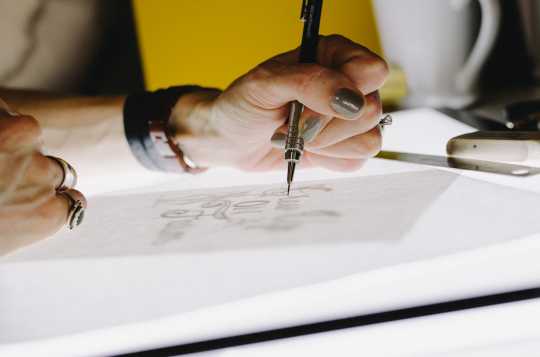Design movements have played a crucial role in shaping the way we perceive the world around us. From the intricate patterns of the Art Nouveau movement to the minimalist aesthetics of the Bauhaus movement, each design movement has left its own unique mark on the history of design. In this blog post, we will explore the fascinating history of design movements and how they have influenced the way we think about design today.
The history of design movements dates back to the late 19th century when artists and designers began to challenge traditional artistic norms and experiment with new forms and styles. One of the most influential design movements of this time was the Arts and Crafts movement, which emerged in the United Kingdom in the late 1800s. Led by prominent designers such as William Morris and John Ruskin, the Arts and Crafts movement sought to revive traditional craftsmanship and promote the importance of handcrafted goods in a rapidly industrializing society.
The Arts and Crafts movement laid the foundation for future design movements by emphasizing the importance of quality craftsmanship, simplicity, and functionality in design. These principles would later be echoed in other design movements such as Art Nouveau, which emerged in the late 19th and early 20th centuries. Art Nouveau was characterized by its use of organic forms and flowing lines, inspired by the natural world. Artists and designers such as Alphonse Mucha and Hector Guimard embraced this new style, creating intricate patterns and intricate designs that captured the essence of the era.
Following the Art Nouveau movement, the early 20th century saw the rise of the Bauhaus movement, which sought to merge art and industry in a new and innovative way. Founded by architect Walter Gropius in Germany in 1919, the Bauhaus school aimed to break down the barriers between traditional crafts and modern industrial production. The Bauhaus movement was characterized by its use of simple geometric shapes, clean lines, and minimalist aesthetics. Its influence can be seen in everything from architecture and furniture design to graphic design and typography.
In the decades that followed, a variety of design movements emerged, each with its own unique style and philosophy. The mid-20th century saw the rise of movements such as Mid-Century Modernism, Pop Art, and Postmodernism, each of which brought new ideas and innovations to the world of design. Mid-Century Modernism, for example, emphasized clean lines, simple forms, and functionality, while Pop Art embraced bold colors, graphic patterns, and mass-produced imagery.
Postmodernism, on the other hand, challenged the notion of a single universal truth in design, embracing pluralism and eclecticism instead. Postmodern designers such as Ettore Sottsass and Robert Venturi rejected the idea of a single dominant style, instead drawing inspiration from a wide range of sources and influences. This spirit of experimentation and innovation continues to shape the world of design today, as designers seek to break free from traditional constraints and explore new possibilities.
One of the most recent design movements to gain prominence is the sustainable design movement, which seeks to promote environmentally friendly practices and materials in design. As concerns about climate change and resource depletion have grown, designers have increasingly turned to sustainable practices such as using recycled materials, reducing waste, and designing products that are built to last. The sustainable design movement represents a new chapter in the history of design, one that is focused on creating a more sustainable and equitable future for all.
As we look back on the history of design movements, it is clear that each movement has brought its own unique perspective and innovations to the world of design. From the Arts and Crafts movement’s emphasis on craftsmanship to the Bauhaus movement’s focus on merging art and industry, each movement has left a lasting legacy that continues to inspire designers today. By exploring the history of design movements, we can better understand the evolution of design and the ways in which it has shaped the world around us. Ultimately, the history of design movements reminds us of the power of creativity and innovation to transform society and create a better future for all.

